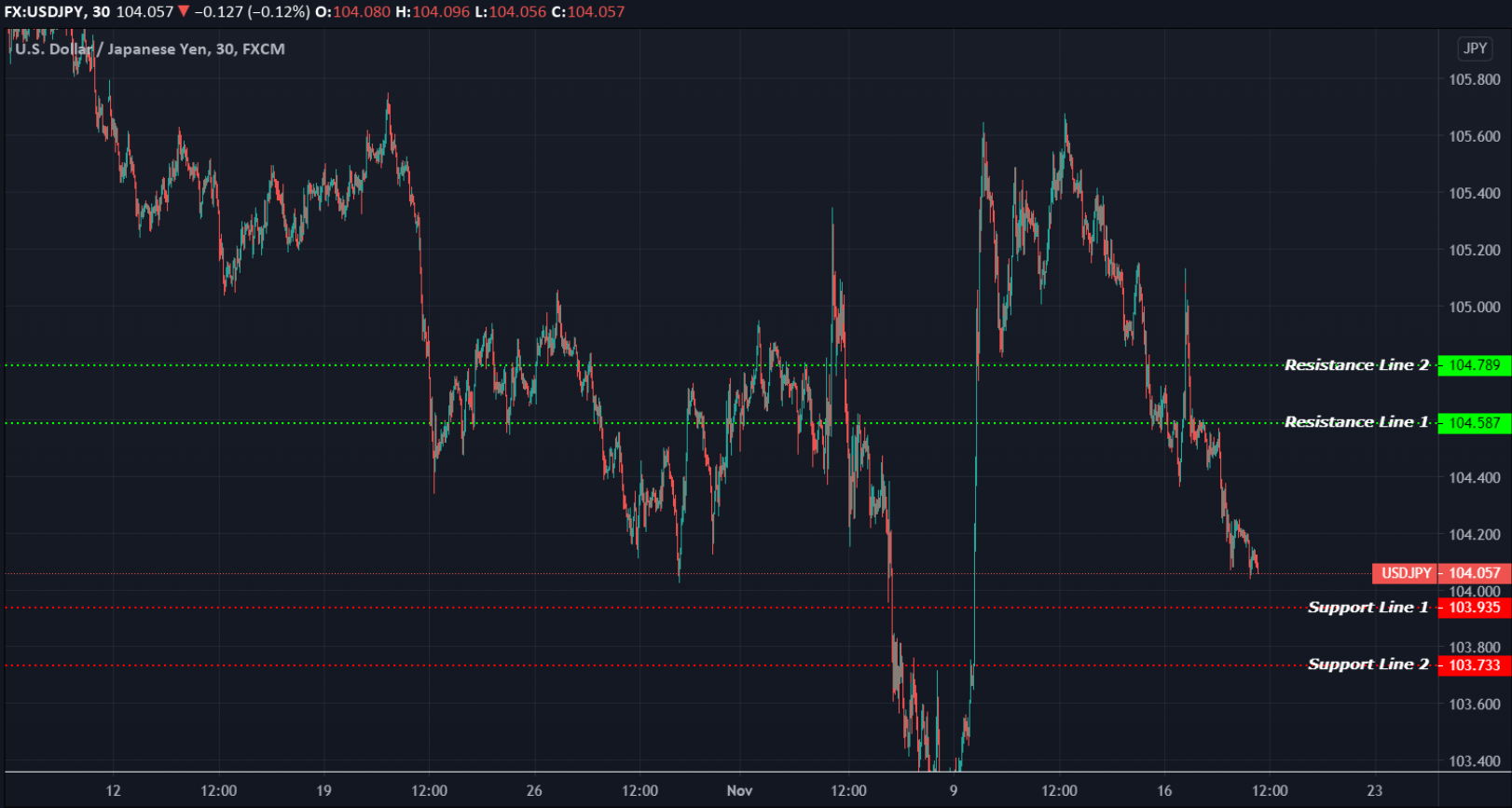EQUITIES
Asia-Pacific markets were positive on trade. Except for Japan’s Nikkei 225 that declined -0.16%, others prevail. Over in South Korea, the KOSPI gained 0.34%, Singapore’s Straits Times index rose 0.28%, Australia’s S&P/ASX 200 advanced 0.34%, the Shanghai composite up 0.47%.and Hong Kong’s Hang Seng index 0.60% higher.
Overnight on Wall Street, the Dow Jones Industrial Average fell 0.56%, the S&P 500 lost 0.48%, and the Nasdaq Composite dropped 0.21%.
OIL
Oil prices little changed as the demand fear lingers, and offset hopes for a vaccine and talk of tighter OPEC+ supply policies. Brent crude futures traded to $43.78 a barrel, while U.S. crude at $41.40.
On Tuesday, Brent closed at $43.75 per barrel, while WTI futures ended at $41.43 per barrel.
CURRENCIES
The U.S. dollar hit its lowest level in a week, with expectations for continued weakness on expectations for more fiscal and monetary stimulus as well as optimism over a potential vaccine. Against a basket of currencies, the dollar index fell 0.082% to 92.39.
The Australian dollar was at 0.7290, weakening from earlier levels. The offshore Chinese yuan rose to its highest since June 2018 against the dollar, as positive economic data in the world's second-largest economy buoys the currency.
GOLD
Spot gold retreated, currently trading at $1,879.80 per ounce, while stands around $1,877.90 per ounce for gold futures. Previously closed at $1,880.00 and $1,885.10, respectively.
Silver trading at $24.45, platinum trading at $922.00 and palladium trading at $2,192.00.
ECONOMIC OUTLOOK
Asia-Pacific shares were set for a sluggish open on Wednesday, tracking a lower Wall Street session as concerns over rising coronavirus cases and fresh lockdowns dampened the optimism from vaccine trial breakthroughs.
U.S. retail sales rose less than forecast in October, with the potential for even further slowing.
OPEC+ held a ministerial committee meeting on Tuesday that made no formal recommendation. The group will hold a full meeting on Nov. 30-Dec. 1.
The American Petroleum Institute (API) said that U.S. crude inventories rose by 4.2 million barrels last week, well above analysts’ expectations of 1.7 million barrels.
To date, number of confirmed worldwide cases for COVID-19 pandemic has surpassed 55.578 million affecting 213 countries and territories around the world and 2 international conveyances, recording more than 1.337 million fatality globally.
TECHNICAL OUTLOOK
[USDJPY]
Important Levels to Watch for Today:
- Resistance line of 104.587 and 104.789.
- Support line of 103.935 and 103.733.
Commentary/ Reason:
- The safe-haven Japanese yen touched a 1-week high earlier today and a steady U.S. dollar held commodity currencies in check on Wednesday, as worries about rising coronavirus cases tempered optimism around promising vaccine trials.
- Last at 104.07 per dollar, the yen has recouped more than half of the steep losses it suffered last week after Pfizer announced it had developed a working COVID-19 vaccine.
- Falling U.S. yields put pressure on the U.S. dollar, against the yen in particular.
- The yen also garnered support today after Japanese Finance Minister Aso said Japan's government would draft its economic policies to contain the pandemic and grow the economy. Japanese Prime Minister Suga last week ordered the government to draft a third extra budget to help the economy recover from the pandemic. Market expectations are for the third budget to be between 10 trillion and 30 trillion yen, partly funded by reserves, with the rest coming from new bond sales.















